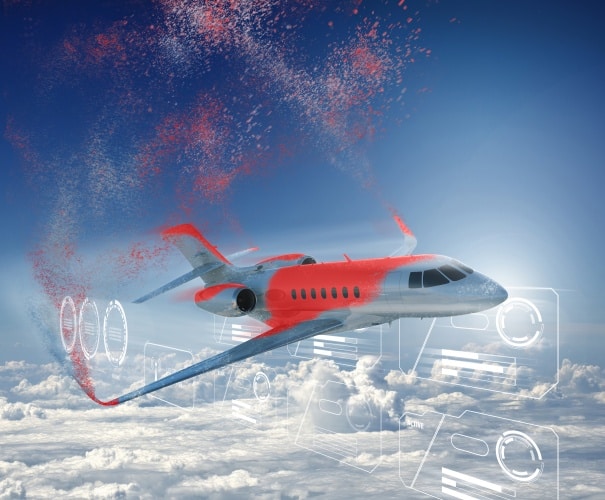Future of IoT will be ‘smart dust’, says Cambridge Consultants
Cambridge Consultants says its technology will help usher in an IoT future where ‘smart dust’ provides data from virtually any environment.

Two years ago, the UK product design firm revealed its Pizzicato technology, the first all-digital radio transmitter. It consists of an antenna and an integrated circuit outputting a single stream of bits, with no conventional radio parts or digital-to-analogue converter. The company’s proprietary algorithms perform computations that allow standard digital technology to generate high-frequency radio signals in real time.
By removing analogue Bluetooth components, Cambridge Consultants has reduced the silicon cost of radio transmitters to just seven cents, less than a tenth of current costs. It also means radio size can shrink dramatically, and the technology can benefit from Moore’s Law.
"To date, the cost of a radio has been determined by its analogue components – until you eliminate those, Bluetooth will always be limited by the price point," said Rob Milner, head of smart systems at Cambridge Consultants.
"By massively reducing the cost of a technology that has a long range and can communicate with the billions of connected devices already deployed, we’ve helped open up more scope for revenue-generating and disruptive digital services.”
Register now to continue reading
Thanks for visiting The Engineer. You’ve now reached your monthly limit of news stories. Register for free to unlock unlimited access to all of our news coverage, as well as premium content including opinion, in-depth features and special reports.
Benefits of registering
-
In-depth insights and coverage of key emerging trends
-
Unrestricted access to special reports throughout the year
-
Daily technology news delivered straight to your inbox







Water Sector Talent Exodus Could Cripple The Sector
Maybe if things are essential for the running of a country and we want to pay a fair price we should be running these utilities on a not for profit...